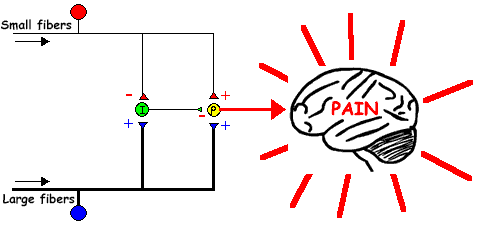Why do we have difficulty with our gait when we drink too much alcohol ? It is not unlike the disturbed sense of balance we experience when we have an inner ear problem such as an infection.
Alcohol affects one’s balance by changing the viscosity of the endolymph within the otolithic membrane, the fluid inside the semicircular canals inside the ear. The endolymph surrounds the cupula which contains hair cells within the semicircular canals. When the head is tilted, the endolymph flows and moves the cupula. The hair cells then bend and send signals to the brain indicating the direction in which the head is tilted. By changing the viscosity of the endolymph to become less dense when alcohol enters the system, the hair cells can move more easily within the ear, which sends the signal to the brain and results in exaggerated and overcompensated movements of body. This can also result in vertigo, or “the spins." Many of us have experienced this event in one shape or another and we know what it feels like. The unsteadiness of our gait is disturbing and uncorrectable until the problem is solved or the alcohol’s effect wear off. In chronic alcoholism however, the problem is different and more lasting.
Disturbed gait and balance are among the most consistent sequelae of chronic alcoholism. Research studies have shown evidence that partial recovery of gait and balance functions in alcoholics may be achieved with abstinence. This study ( http://www.ncbi.nlm.nih.gov/pubmed/21919921) showed that alcoholics’ gait and balance can continue to recover with long abstinence from alcohol, but that deficits persist, especially in eyes-closed standing balance.
http://www.sciencedaily.com/releases/2011/09/110915163519.htm
Chronic alcohol abuse consistently damages the cerebellum. The cerebellum has multiple functions, including control of balance and coordination and even motor pattern generation. Alcohol also damages subcortical white matter, the myelinated fiber tracts that connect different parts of the cortex, and other central nervous systems. Long-term alcohol dependence also results in impaired dopamine transmission in the striatum, an important area for motor control.
The next time you are the designated driver, spend some time appreciating the subtle nuances and changes in people’s gait. Not only is it amusing, but fascinating as well.
Studies quoted in this blog post.
(Smith and Fein, 2011, Alcohol Clin Exp Res 35:2184–2192)
http://www.ncbi.nlm.nih.gov/pubmed/22691134
Gait and Balance Deficits in Chronic Alcoholics: No Improvement from 10 Weeks Through 1 Year Abstinence































